In India, weaving isn’t just a craft; it’s a cherished cultural tradition that is handed down, connecting future generations to their lineage. The skill of handloom weaving is passed on as a celebrated practice, preserving this time-honoured tradition. Creating pieces of clothing is a deeply rooted generational tradition, where each thread holds stories from the past and dreams for the future. Each state in India has a unique fabric that represents its cultural identity.
For example, Banarasi silk from Uttar Pradesh reflects tradition due to its use of opulent embroidery like brocade and zari, while Pochampally ikat from Telangana showcases the intricate craftsmanship of the state. Fabrics like Kanjeevaram silk sarees from Tamil Nadu and Phulkari embroidery from Punjab highlight the diverse creativity of the craftsmen from various Indian states. These textiles dress the body and envelop the wearer in the history, artistry, and identity of its region, fostering a sense of connection and pride across generations.
Amidst the fast-paced evolution of the fashion industry, there is a notable resurgence of interest in exploring age-lost Indian weaving techniques by the latest generation of entrepreneurs in India. Recognising the inherent sustainability and durability of these traditional methods, young visionaries are breathing new life into these age-old practices – showcasing them for the contemporary audience.
Moonlight collection by Om Chandra Om
For instance, brands like Om Chandra Om, have bridged the gap between traditional attire and contemporary preferences, offering a seamless blend of style, comfort, and cultural resonance. The combination of traditional craftsmanship and trendy silhouettes is at the core of OCO, striking a careful balance between heritage and modern appeal. OCO’s sarees go beyond being just clothing items; they are created as modern heirlooms, emphasising both durability and versatility. To keep the tradition alive and flowing through their clothes, OCO works with smaller workshops and female artisans who are adept in specific weaving techniques due to their upbringing and background. This turns their pieces into a tangible historical account and celebration of Indian communities and their weaving techniques.
Handwoven Kantha Green Jacket by Farak
Similarly, Farak, a premium Jaipur-based brand, is on a mission to redefine Indian streetwear by showcasing artisanal luxury. The name “Farak,” derived from Urdu, signifies the brand’s commitment to standing out. Farak champions sublime talent, blending South Asian culture and Indian artisanship into contemporary streetwear. Each garment is meticulously crafted using handwoven, and vintage printing methods by skilled generational artists, creating a distinctive impact that evokes cherished historical tales and fosters a nostalgic connection.
Ka-Sha Campaign photos
Ka-Sha, in a parallel sense, embraces clothing as a means of honouring handicrafts, considering their work a celebration of life and the myriad experiences surrounding them. Enamoured by both traditional and contemporary artisanal techniques, the brand skillfully incorporates these influences into its creations by incorporating techniques like applique, patchwork, and quilting. The essence of Ka-Sha’s inspiration lies in people, stories, journeys, and varied perspectives. Since 2012, each piece has been meticulously crafted from natural fabrics, reflecting a commitment to hand-dying and celebrating the art of natural dyes that are commonly found in various weaving communities of India. Ka-Sha brings these techniques to the forefront, reminding the wearer that Indian textiles are far beyond their intricate motifs and weaving techniques; they also highlight colour theory and the use of sustainable and naturally found dyes.
This revival is not just a nod to tradition; it is a testament to the adaptability and relevance of these age-old techniques in the current world. By infusing a fresh perspective and innovative design into traditional fabrics these young minds are not only preserving cultural identity but also redefining the narrative of sustainable and responsible fashion. A study conducted in Varanasi, a city renowned for its silk-weaving tradition, revealed that the revival of traditional weaving preserves cultural heritage while serving as an economic lifeline for the local communities. As the looms continue to resonate with threads, the preservation of cultural identity emerges as an inspiration for similar movements across the country that illustrate the enduring vitality of traditional crafts in the face of contemporary changes.
Words by Esha Aphale.
Image courtesy Om Chandra Om, Farak and Ka-sha

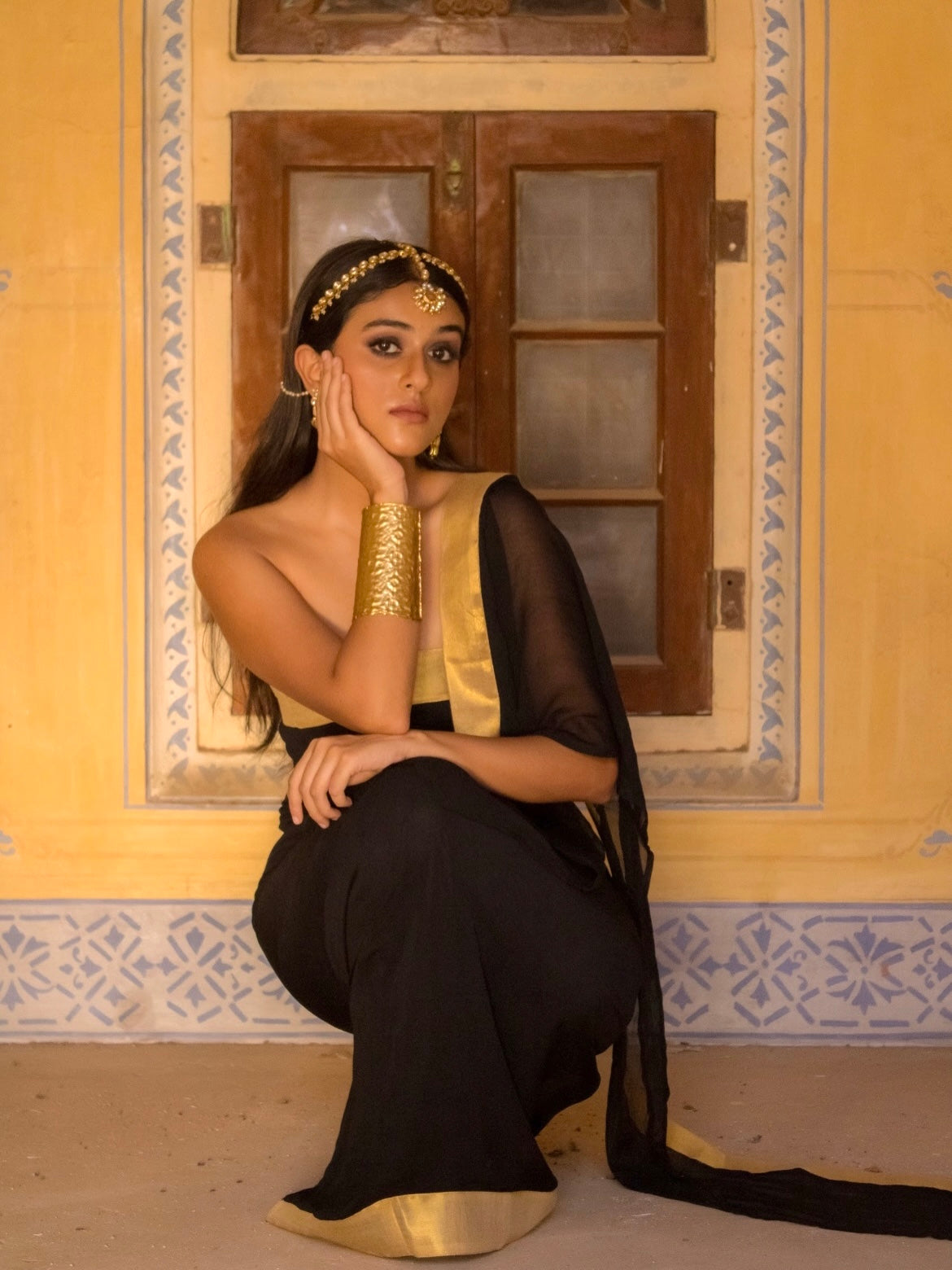

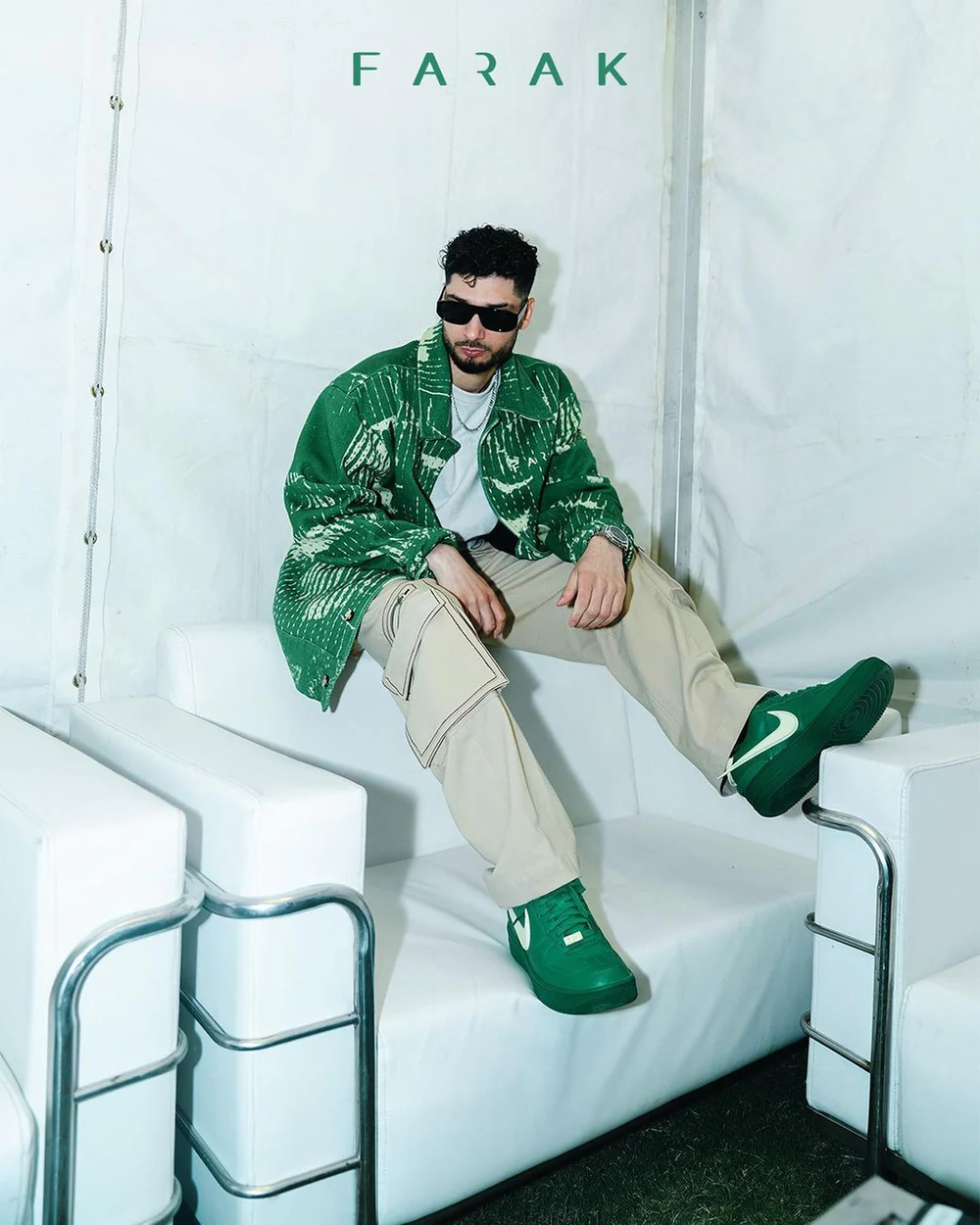
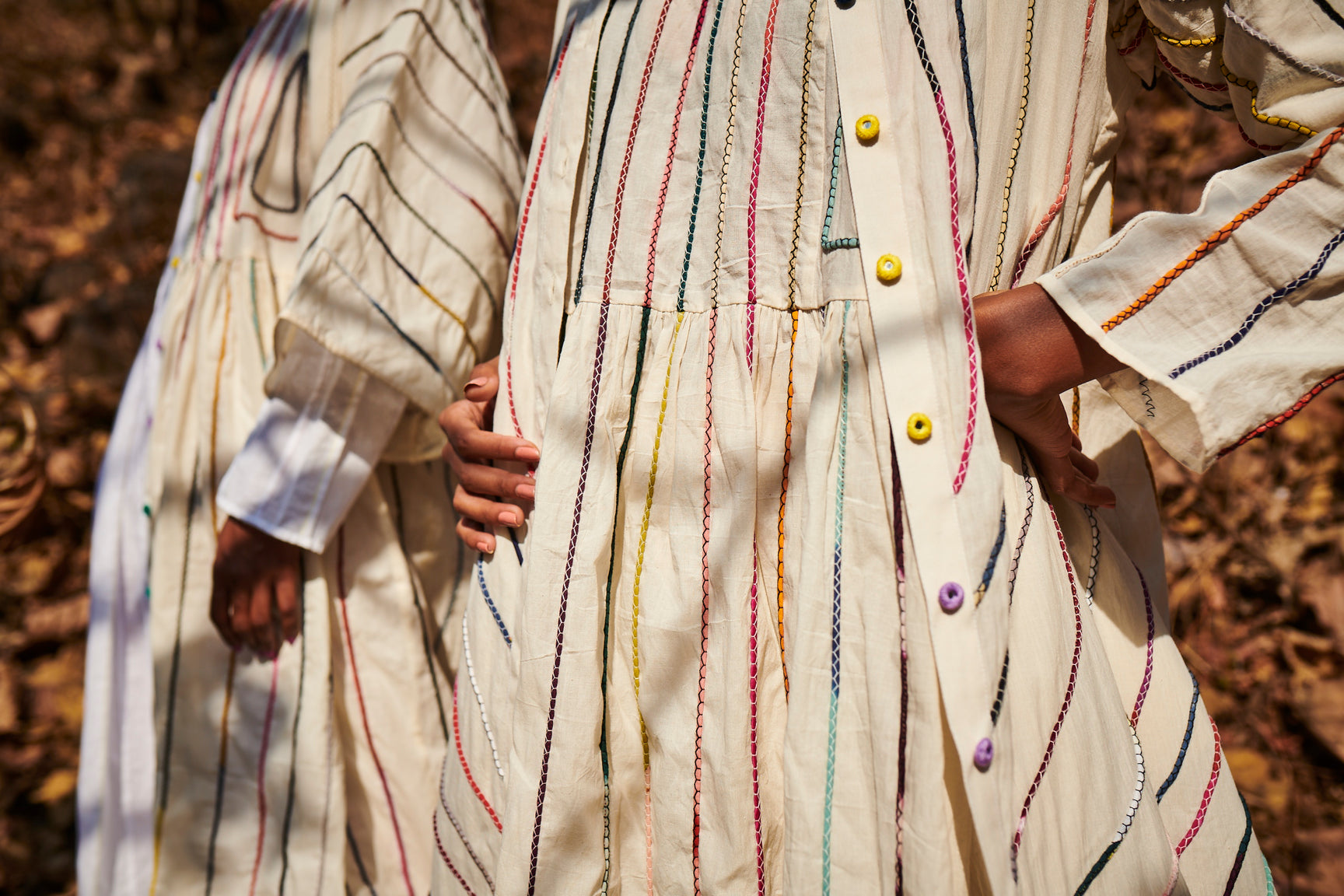
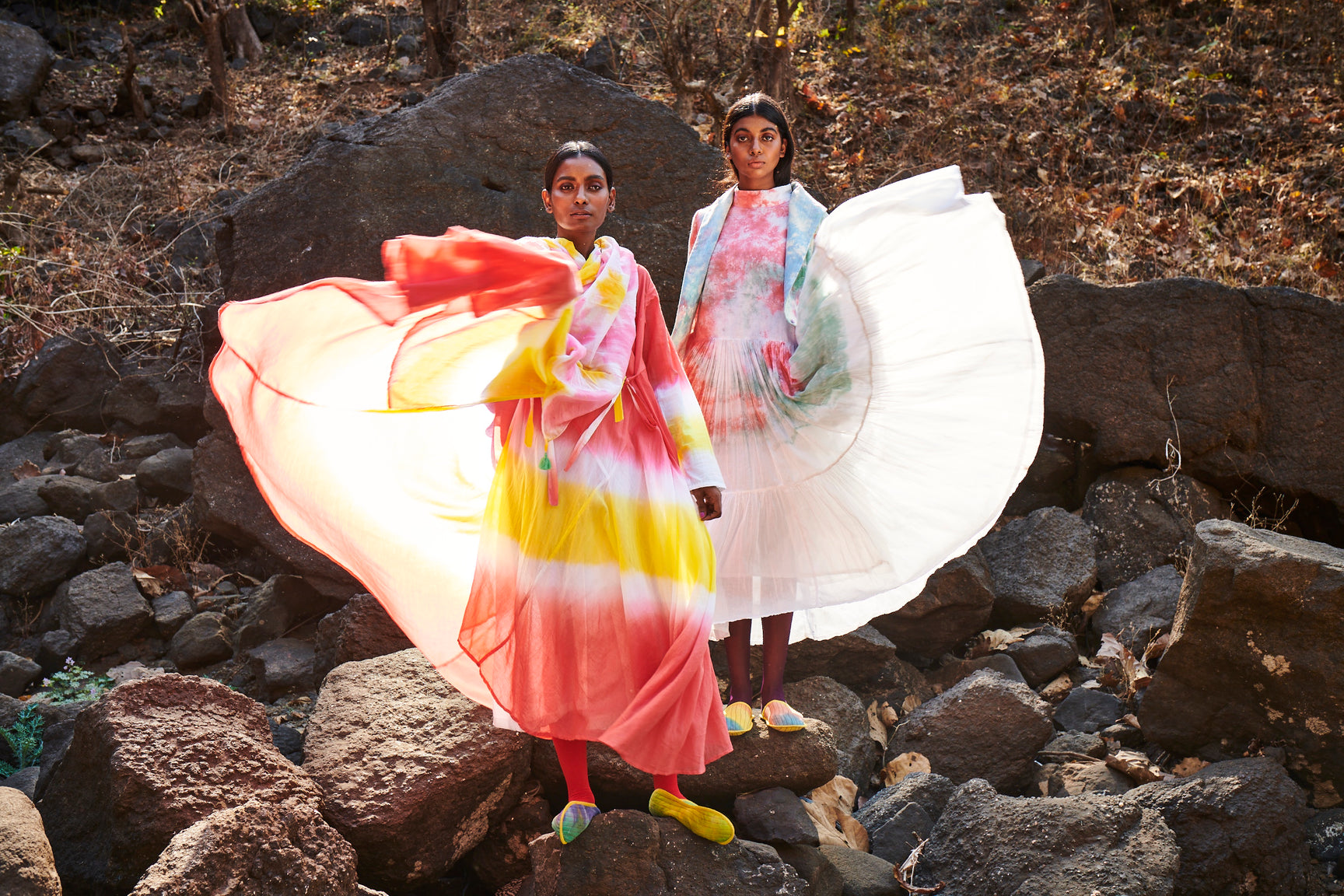

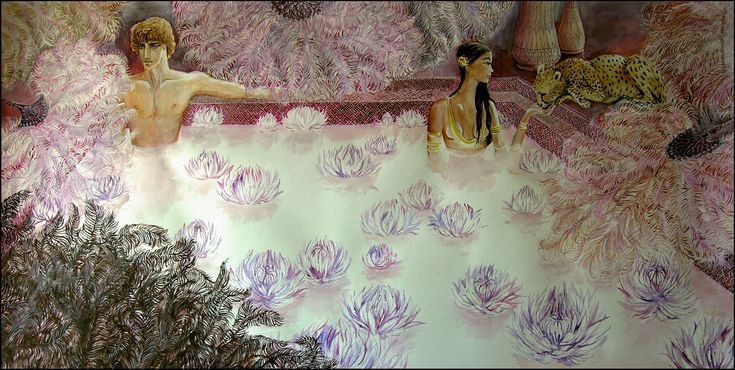

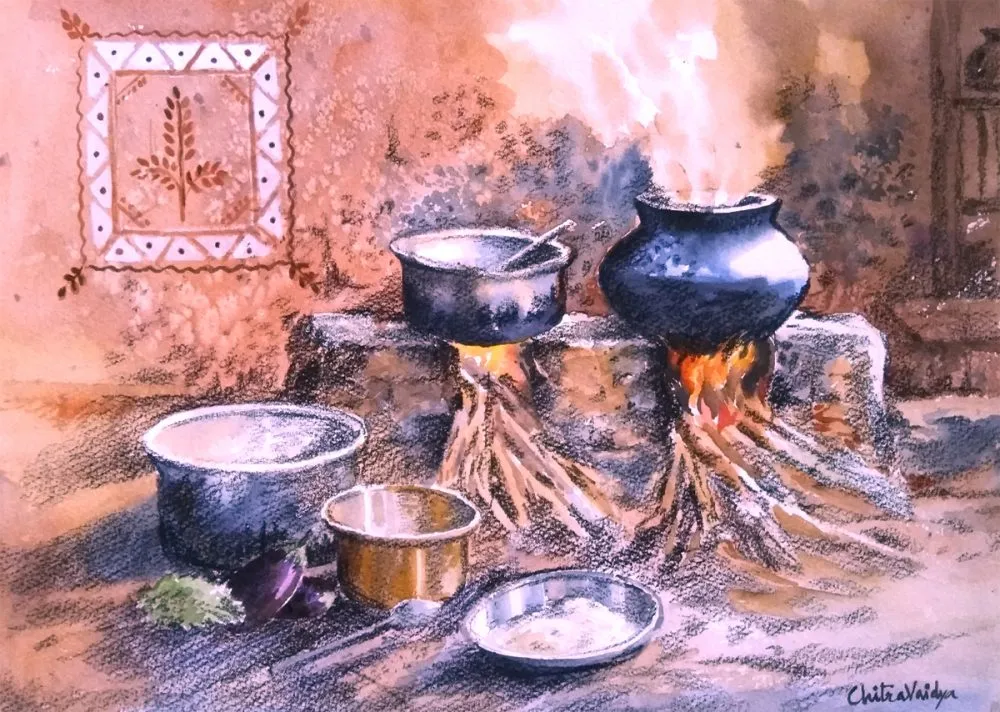
Nice